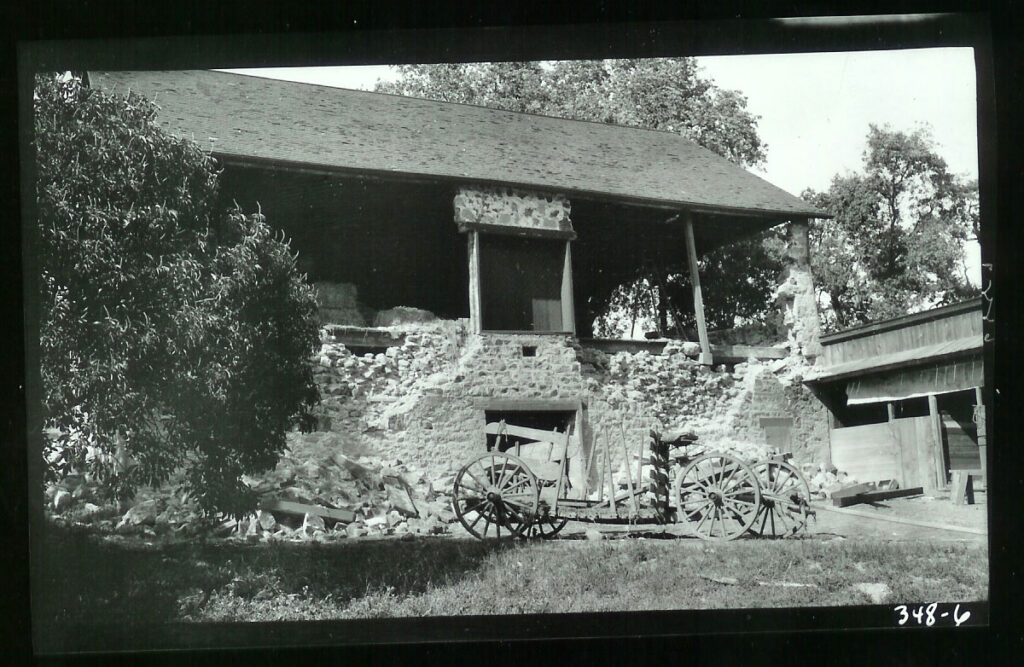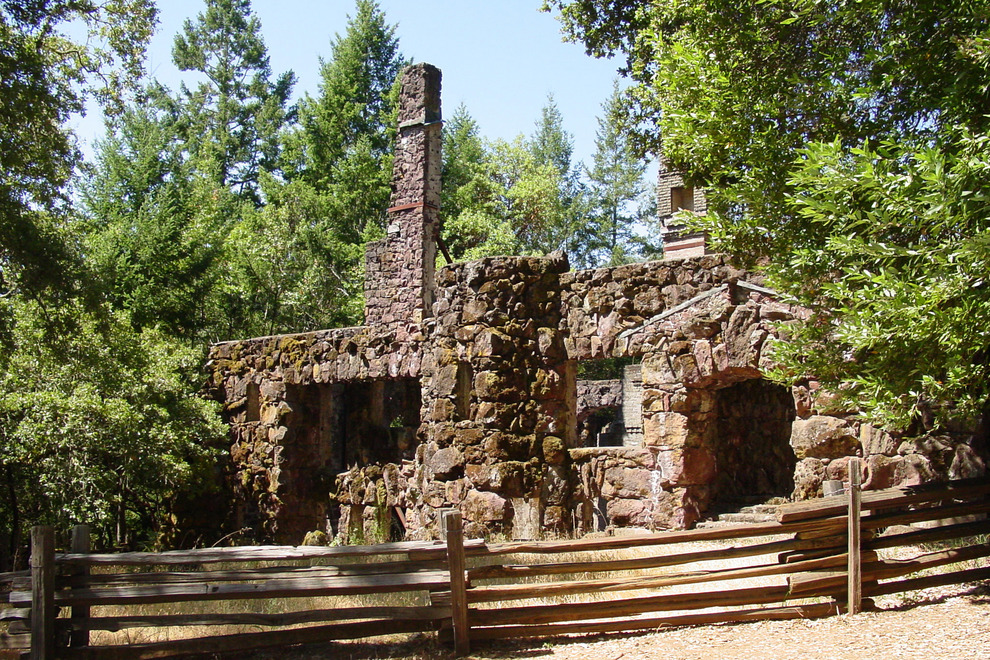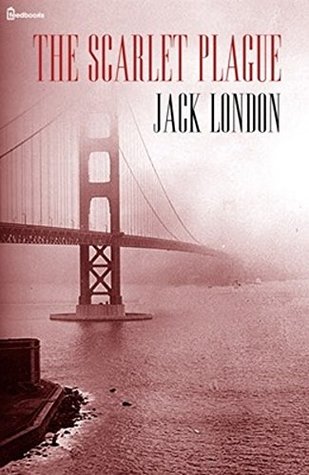
jillhedgecock.com
The Scarlet Plague is a short novel by Jack London. It was first published in 1912 in “London Magazine” and was picked up by The Macmillan Company in 1915 and released as an illustrated novel. It has since been published by multiple parties with multiple different covers because it is in the public domain. There is a 100th anniversary edition available on Amazon, but you can also find free pdf copies complete with illustrations and e-book versions by doing a Google search.
Jack London’s dystopian view of 2073 waxes prophetic given the current COVID-19 pandemic. The story is set in the San Francisco Bay Area with the opening chapter set in San Francisco. Berkeley, Oakland, Santa Rosa, and Point Richmond also get mentions. A pivotal scene even occurs at Cal Berkeley.
The story narrator, James Howard Smith, is an aged grandfather and former professor of English Literature. James, now called “Granser”, by his grandsons, Hare-lip, Hoo-Hoo, and Edwin is a rare survivor of the scarlet plague. Granser reveals the state of the world as it stands in 2073 where people have become goat herders and hunter-gatherers to survive. But the crux of the story is a recount of his memories of the early days of the plague in 2013.
The parallels in the story to COVID-19 are chilling. London describes the post-plague state of San Francisco where bears, wild horses, and wolf-dogs occupy what used to be San Francisco. The return of wild animals is similar to what is currently happening in Yosemite Park as described by Ranger Katie Patrick where bears are now walking down the roads no longer jammed by cars due to the COVID-19 park shutdown. London also laments the demise of the iconic Cliff House restaurant so similar to the closed eating establishments of today. A particularly haunting line in the story is when the old man reminisces about his denial of the disease during the early days of the scarlet plague epidemic: “I told him this flight from the cities was insanity, that there were no symptoms of the plague in me.”
Admittedly, some aspects of the novel can be hard to take. The boys are sometimes cruel to their Granser, who, in turn, is pompous and derogatory toward the boys. Even though the tale is a bit grim, I thoroughly enjoyed London’s cleverness. His use of language and his view of society is reminiscent of the era London lived in so his opinions and treatment of his grandkids should be taken in context. It is worth overlooking these flaws because of the way his words ring with imagery. He describes the collapse of the world as follows: “The fleeting systems lapse like foam,’ and so lapsed our glorious colossal civilization.” Readers of Cormac McCarthy’s “The Road” and fans of classics, including Jack London’s other work, will most likely enjoy the novel.
Jack London (1876-1916) whose given name was John Griffith Chaney, was a pioneer in science fiction and became one of the first writers to become a worldwide celebrity. At his peak, he was the highest paid author of his time. His talent for tackling stories of elemental struggles for survival set him apart as an American novelist and short-story writer. His writing drew heavily on his life experiences in the Klondike during the Gold Rush and as a seaman. His first work was published in 1898. From there he went on to write such American classics as “Call of the Wild,” “Sea Wolf,” and “White Fang.” An animal activist, London’s lesser known novels, “Jerry of the Islands” and “Michael, Brother of Jerry,” were written to raise awareness about the cruel practices of circus trainers.
London also had a darker side. He was accused of plagiarism, suffered from alcoholism, and was an advocate of eugenics (a set of beliefs and practices that strive to improve the genetic quality of humans, typically by excluding people and groups judged to be inferior.)


London’s local roots are felt today. His ranch in Glen Ellen in Sonoma County has been preserved as Jack London State Historic Park. The ruins of a house that burnt to the ground a few months before Jack London and family were to move in, a cottage in which they had lived, and the graves of Jack London and his wife are located there. The property is both a California and National Historical Landmark and worthy of visiting when re-opened after the COVID-19 shut-down is lifted.

